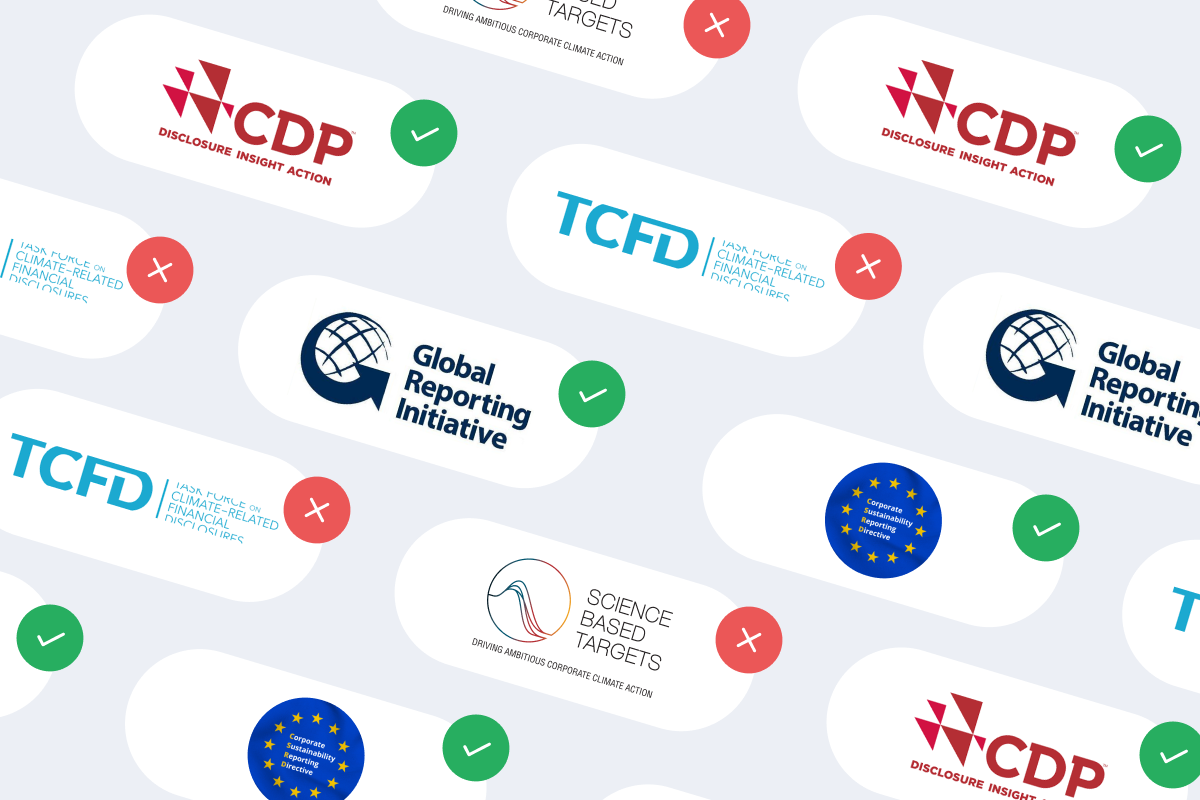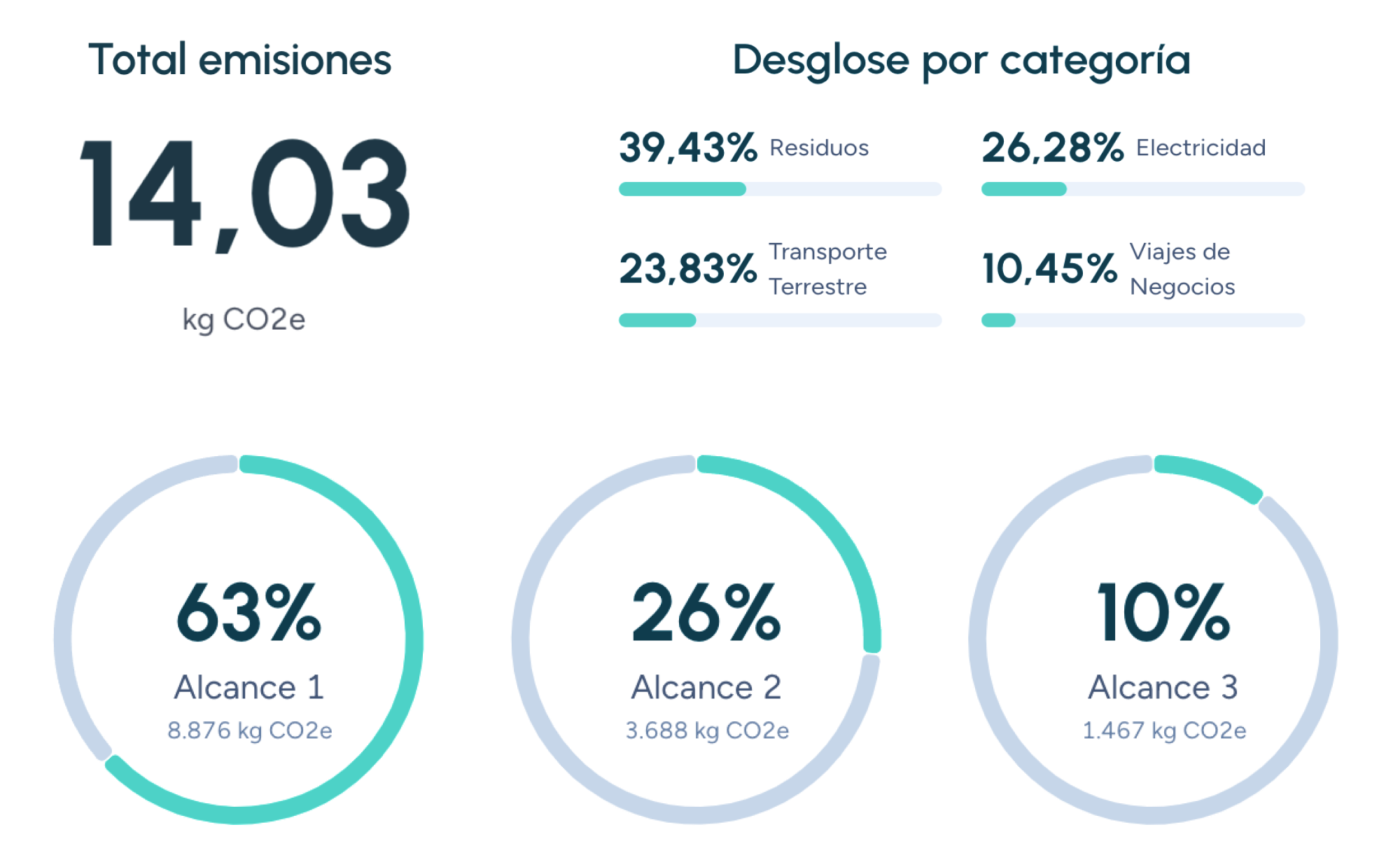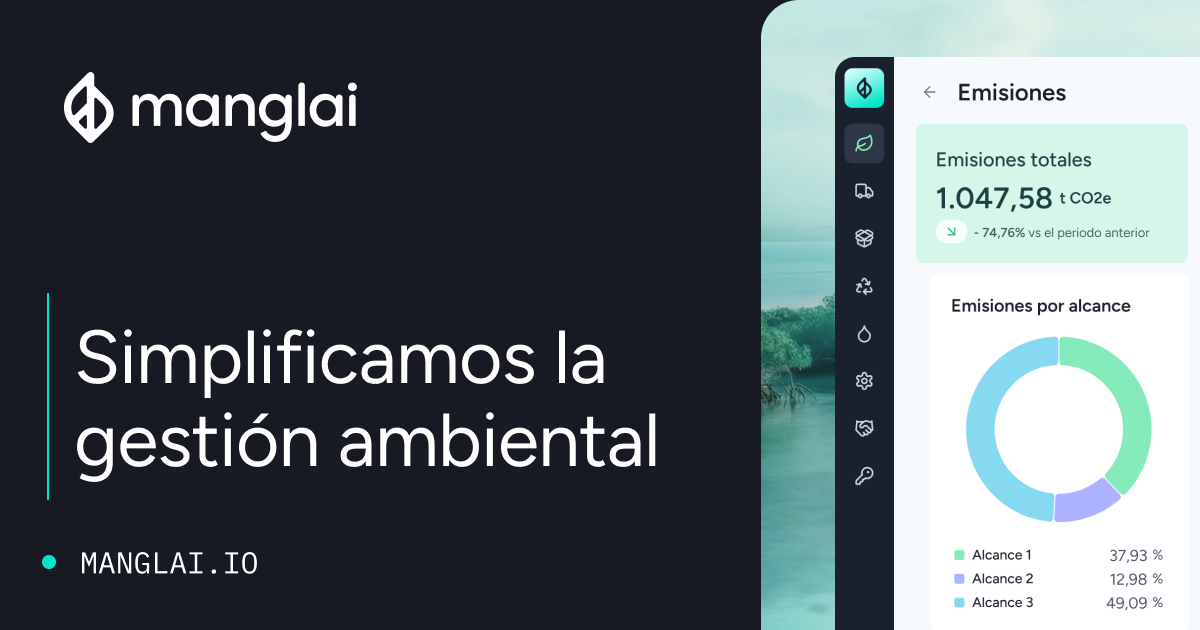C
CO₂ Equivalent
CO₂ equivalent (CO₂e) is a standardized unit used to measure the global warming potential (GWP) of a specific greenhouse gas (GHG) in relation to carbon dioxide (CO₂), which serves as the reference point. In other words, CO₂e expresses the amount of CO₂ that would have the same warming effect as a given amount of another GHG over a defined period—typically 100 years.
Greenhouse gases and the greenhouse effect
The greenhouse effect is a natural process that allows Earth to maintain a temperature suitable for life. However, human activity has increased the concentration of greenhouse gases in the atmosphere, intensifying this effect and accelerating global warming.
The main GHGs included in the Kyoto Protocol and the Paris Agreement are:
- Carbon dioxide (CO₂)
- Methane (CH₄)
- Nitrous oxide (N₂O)
- Hydrofluorocarbons (HFCs)
- Perfluorocarbons (PFCs)
- Sulfur hexafluoride (SF₆)
How is CO₂ Equivalent calculated?
CO₂e is calculated by multiplying the amount of a specific GHG by its Global Warming Potential (GWP). GWP is a factor that indicates how much heat a GHG traps in the atmosphere compared to CO₂ over a 100-year period.
Example:
Methane has a GWP of 25. This means one ton of methane has the same climate impact as 25 tons of CO₂ over 100 years.
To calculate CO₂e from methane emissions:
CH₄ emissions (in tons) × 25 = CO₂e
Why CO₂ Equivalent matters in carbon footprint measurement
Using CO₂e as a common unit allows for:
- Comparison of different GHGs: By converting all GHG emissions into CO₂e, it becomes easier to compare their relative impact on global warming.
- Setting emissions reduction targets: CO₂e enables companies and governments to define reduction goals that consider all GHGs.
- Implementing mitigation measures: Understanding the CO₂e of various GHGs helps prioritize the most effective reduction strategies.
- Raising awareness: A single, easy-to-understand metric like CO₂e facilitates communication and public awareness about the climate impact of human activities.
CO₂ Equivalent and the Greenhouse Gas Protocol (GHG Protocol)
The Greenhouse Gas Protocol, developed by the World Resources Institute (WRI) and the World Business Council for Sustainable Development (WBCSD), is the leading international framework for corporate GHG inventories. It defines CO₂e as the standard reporting unit for emissions and provides consistent methodologies for calculating emissions from various sources.
By using CO₂e, organizations can ensure transparent, comparable, and reliable emissions reporting—an essential step in taking effective climate action.
Companies that trust us

Carbon Footprint
The carbon footprint measures the total amount of greenhouse gases emitted directly or indirectly by human activities, and its reduction is key to mitigating climate change through strategies such as energy efficiency and the use of renewable energy.
Carbon Footprint aspects
Discover what a carbon footprint is, why it matters, how it is measured, and the emission scopes defined by the Greenhouse Gas Protocol.
Carbon audit
A carbon audit is a crucial process for measuring and managing greenhouse gas emissions, helping organizations reduce their environmental impact and comply with sustainability regulations.
Guiding businesses towards net-zero emissions through AI-driven solutions.
© 2025 Manglai. All rights reserved
Política de Privacidad


